Home>Interior Design>Should A Sofa Face The Door? Expert Advice From Designers
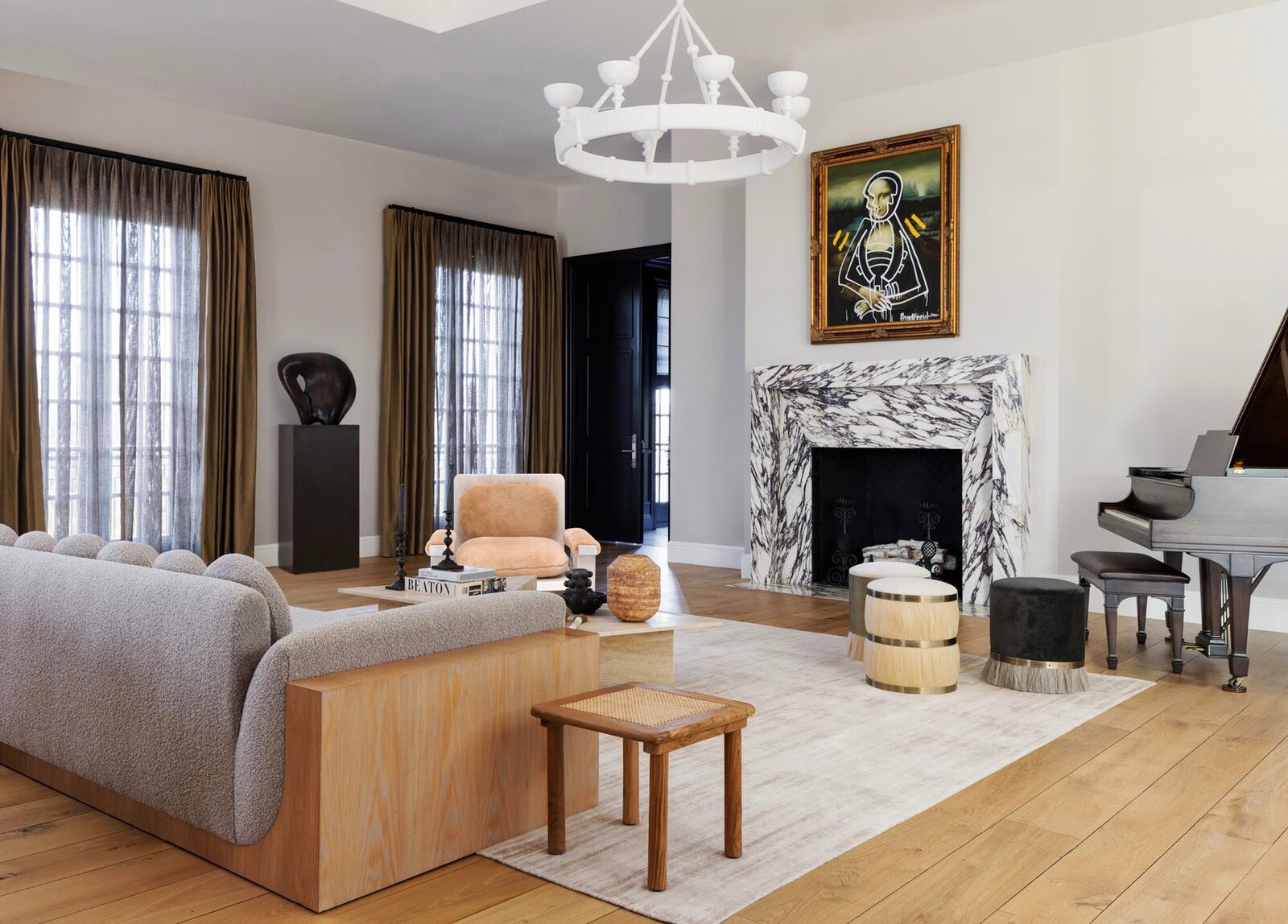

Interior Design
Should A Sofa Face The Door? Expert Advice From Designers
Modified: January 5, 2024
Discover expert advice from top designers on whether a sofa should face the door. Enhance your interior design with tips and insights.
(Many of the links in this article redirect to a specific reviewed product. Your purchase of these products through affiliate links helps to generate commission for Storables.com, at no extra cost. Learn more)
Introduction
Choosing the right placement for your sofa is a critical decision when it comes to interior design. The sofa serves as the centerpiece of the living room, and its placement can significantly impact the overall look and functionality of the space.
But where should a sofa face? Should it be positioned towards the door, or is there a better way to arrange it? To shed some light on this topic, we turned to expert interior designers who have extensive knowledge and experience in creating stunning and functional living spaces.
In this article, we will explore the importance of sofa placement and provide expert advice on how to decide the best placement for your sofa. Whether you are starting from scratch or looking to revamp your current living room layout, these tips will help you make an informed decision that elevates the style and functionality of your space.
Key Takeaways:
- The placement of your sofa is crucial for creating a visually appealing and functional living space. Consider factors such as room layout, focal point, traffic flow, and room’s purpose to make informed decisions that enhance the overall design and usability of your living area.
- Striking a balance between symmetry and asymmetry in your sofa placement can create a visually captivating and well-balanced space. Tailor the arrangement to suit the intended activities and needs of the room, ensuring that the sofa enhances both the functionality and aesthetics of your living area.
The Importance of Sofa Placement
The placement of your sofa is crucial as it sets the tone for the entire room and affects the flow and functionality of the space. A well-placed sofa can create a cozy and inviting atmosphere, while a poorly positioned one can make the room feel cramped or unbalanced.
One of the primary considerations when positioning your sofa is the focal point of the room. Whether it’s a fireplace, a large window with a view, or a media center, arranging your sofa to face the focal point enhances the visual appeal and functionality of the space.
In addition, the layout of the room and the size and style of the sofa should also be taken into account. A well-placed sofa can create a natural flow and traffic pattern in the room, making it easy to move around and navigate through the space. It can also help define different zones within an open concept living area.
Moreover, sofa placement directly influences the arrangement of other furniture pieces and accessories in the room. By carefully considering the placement of the sofa, you can ensure that other elements, such as coffee tables, side tables, and lamps, harmoniously come together to create a cohesive and visually appealing design.
Overall, the way you position your sofa can significantly impact the overall aesthetics, functionality, and comfort of your living space. A thoughtfully placed and well-designed sofa can transform a room and make it a haven for relaxation and socializing.
Factors to Consider When Deciding Sofa Placement
When deciding on the placement of your sofa, it’s important to consider a variety of factors to ensure that it suits your space and meets your needs. Here are some key factors to keep in mind:
- Room Layout: Take into account the size and shape of the room. Consider whether the room is rectangular, square, or irregularly shaped, as this will affect the placement options for your sofa.
- Focal Point: Identify the focal point of the room and arrange your sofa to face it. This could be a fireplace, a TV, a large window, or a piece of artwork. Directing your sofa towards the focal point creates a visually appealing and functional layout.
- Traffic Flow: Consider the flow of movement in the room. Arrange your sofa in a way that allows for a comfortable and easy navigation around the space. Avoid placing the sofa in a way that creates obstacles or disrupts the natural flow.
- Conversation Area: If your living room is primarily used for socializing, create a cozy conversation area by arranging your sofa in a way that allows easy face-to-face communication. Angle the sofa towards other seating elements, such as chairs or loveseats, to facilitate interaction.
- Symmetry vs. Asymmetry: Decide whether you want a symmetrical or asymmetrical arrangement. Symmetry can create a sense of balance and order, while asymmetry can add visual interest and dynamism to the space.
- Room’s Purpose: Consider the primary function of the room. If it’s a family room, prioritize comfort and durability. If it’s a formal living room, focus on creating an elegant and sophisticated ambiance.
- Door and Window Placement: Take into account the location of doors and windows. Avoid placing the sofa in front of windows or blocking doorways. Instead, position the sofa in a way that enhances natural light and allows for easy access.
- Size and Style of the Sofa: Consider the size and style of the sofa and how it complements the overall design scheme of the room. Measure the dimensions of the sofa to ensure that it fits well in the chosen placement.
By carefully considering these factors, you can make an informed decision about the placement of your sofa that maximizes both the aesthetics and functionality of your living space.
Expert Advice on Sofa Placement
To help you make the best decision when it comes to sofa placement, we’ve gathered expert advice from interior designers who have extensive experience in creating stylish and functional living spaces. Here are their top tips:
- Consider the Room Layout: Interior designer Jane Smith suggests analyzing the room layout before deciding on the placement of the sofa. “Take note of any architectural features, such as windows, doors, and fireplace, and plan the placement accordingly,” she advises. “Consider the flow of traffic and the purpose of the room to ensure a comfortable and functional layout.”
- Focus on the Focal Point: Interior designer Mark Johnson suggests arranging the sofa to face the focal point of the room. If you have a fireplace, TV, or a breathtaking view, use that as the anchor for your sofa placement,” he explains. “Directing the sofa towards the focal point not only enhances the visual appeal but also allows for comfortable viewing or conversation.”
- Assess Traffic Flow: “When positioning the sofa, make sure it doesn’t obstruct the natural flow of movement in the room,” advises interior designer Sarah Thompson. “Leave ample space for easy navigation and make sure there are no obstacles that may hinder movement.”
- Create a Cozy Conversation Area: Interior designer Michael Stevens suggests arranging the sofa and additional seating in a way that encourages conversation. “Angle the sofa towards other seating elements, such as chairs or loveseats, to create a cozy and inviting conversation area,” he says. “This setup fosters interaction and makes the space more welcoming.”
- Balance Symmetry and Asymmetry: “If you’re going for a symmetrical look, position the sofa in the center of the room with matching side tables or lamps on each side,” recommends interior designer Emily Davis. “For a more dynamic and asymmetrical layout, experiment with angling the sofa or placing it off-center to create visual interest and movement.”
- Take into Account the Room’s Purpose: Interior designer Alex Robinson emphasizes the importance of considering the room’s function when deciding on sofa placement. “If it’s a family room, prioritize comfort and durability,” she says. “For a formal living room, focus on creating an elegant and sophisticated ambiance with the placement of the sofa.”
- Pay Attention to Door and Window Placement: “Avoid placing the sofa directly in front of windows or blocking doorways,” advises interior designer Jennifer Lee. “Instead, position the sofa in a way that allows for ample natural light and easy access to doors.”
- Consider the Size and Style of the Sofa: “Ensure that the size and style of the sofa complement the overall design scheme of the room,” recommends interior designer David Wilson. “Measure the dimensions of the sofa and the available space to find the perfect placement that balances comfort and visual appeal.”
By following these expert tips and considering the unique characteristics of your space, you can make an informed decision that results in the perfect sofa placement for your living area.
Consider the Room Layout
When it comes to determining the optimal placement for your sofa, the first factor to consider is the layout of the room. The room’s size and shape will play a significant role in determining the placement options for your sofa.
Begin by taking measurements of the room to understand its dimensions. This will help you determine how much space is available and identify potential areas for placing the sofa. Consider whether the room is rectangular, square, or irregularly shaped, as this will impact the placement possibilities. A rectangular room, for example, may offer more versatility in terms of sofa arrangement, while a narrow or asymmetrical space may require more strategic positioning.
Next, evaluate any architectural features within the room, such as windows, doors, and fireplaces. These features can greatly influence the placement of your sofa. For instance, if you have a large window with a beautiful view, you may want to position your sofa to face it, allowing you to enjoy the scenery. Similarly, if you have a fireplace, you can arrange the sofa to take advantage of its warmth and create a cozy focal point in the room.
Additionally, consider the flow of traffic in the room. You want to ensure that the placement of your sofa allows for easy movement and doesn’t obstruct pathways or create bottlenecks. Leave enough space for people to comfortably navigate around the room without having to maneuver awkwardly around the furniture.
Furthermore, think about the purpose of the room and how you plan to use it. If it’s primarily a space for relaxation and entertainment, you may want to focus on creating a cozy and inviting atmosphere. On the other hand, if the room serves as a formal living area, you may opt for a more sophisticated and elegant arrangement.
By considering the room layout, architectural features, traffic flow, and intended purpose of the room, you can determine the best placement for your sofa. A well-placed sofa will not only enhance the overall aesthetics but also maximize the functionality of the space.
Focus on the Focal Point
When deciding on the placement of your sofa, one of the key considerations should be the focal point of the room. The focal point is the main point of interest or the element that draws the eye when entering the space. It could be a fireplace, a large window with a scenic view, a piece of artwork, or even a media center.
Arranging your sofa to face the focal point not only enhances the visual appeal of the room but also creates a sense of balance and harmony. By positioning the sofa in this way, you not only make efficient use of space but also allow for comfortable viewing or conversation centered around the focal point.
For example, if you have a fireplace, positioning the sofa directly in front of it can create a cozy and inviting ambiance. This arrangement encourages people to gather around the fireplace, making it a focal point for socializing and relaxation. Placing the sofa in front of a large window with a beautiful view can create an airy and picturesque setting, allowing you to enjoy the outside scenery while lounging on the sofa.
When there is a TV or media center in the room, it is common to position the sofa in such a way that it faces the screen. This ensures that everyone seated on the sofa has a clear view for comfortable and enjoyable television viewing. By aligning the sofa with the focal point, you create a designated seating area that brings attention to the main attraction in the room.
If there is no obvious focal point in the room, you can create one by placing an eye-catching piece of artwork or a statement furniture item on a prominent wall. Arrange the sofa in a way that allows it to face this focal point, drawing attention and adding visual interest to the space.
Overall, focusing on the focal point when determining the placement of your sofa not only enhances the aesthetics of the room but also ensures that you make the most of the key features and elements that define the space. It creates a natural flow and allows you to maximize the functionality and enjoyment of your living area.
Assess Traffic Flow
When deciding on the placement of your sofa, it is crucial to assess and consider the flow of traffic in the room. Traffic flow refers to the movement of people through the space and the pathways they follow.
One of the primary objectives is to ensure that the placement of your sofa does not obstruct the natural flow of movement in the room. You want to create a space that is easily navigable, allowing people to move around without any hindrance or inconvenience.
Start by identifying the main entrances and exits in the room. These may be doorways leading to other areas of the house or passage points to adjacent rooms. It is important to keep these areas clear and avoid placing the sofa in a way that blocks or obstructs these pathways.
Consider the common pathways that people tend to take when moving through the room. For example, in a living room, it is common for people to enter and exit through the main doorway. They may also have to pass through the room to access other areas of the house. By analyzing these traffic patterns, you can strategically position your sofa to allow for easy and unobstructed movement.
When arranging your sofa, leave enough space around it to accommodate the flow of traffic. This includes leaving ample space for people to walk behind or in front of the sofa without squeezing through or feeling cramped. Ideally, there should be a clear and unobstructed pathway for people to navigate through the room without any hassle.
Furthermore, consider the arrangement and positioning of other furniture pieces in relation to the sofa. Ensure that they do not create additional obstacles or hinder the flow of traffic. The placement of side tables, coffee tables, and accent chairs should complement the sofa placement and contribute to a smooth traffic flow.
By assessing the traffic flow in the room, you can create a well-designed and functional seating arrangement that allows for easy movement and enhances the overall user experience. Keeping the pathways clear not only improves the functionality of the room but also contributes to a more comfortable and inviting living space.
Yes, a sofa should ideally face the door to create a welcoming and open layout. This allows for better flow and communication within the space.
Create a Cozy Conversation Area
One of the key purposes of a living room is to provide a comfortable and inviting space for socializing and engaging in conversations. When positioning your sofa, it is essential to create a cozy conversation area that promotes interaction and facilitates comfortable communication with family and guests.
An ideal conversation area typically centers around the sofa as the main seating element. To achieve this, consider arranging the sofa and additional seating furniture in a way that encourages face-to-face conversation. Position the sofa and chairs in a circular or semi-circular layout, facing each other, to create an intimate and cozy atmosphere.
You can also create a conversation area by using a sectional sofa. Place the sectional in an L-shape or U-shape, wrapping around a coffee table or ottoman. This arrangement allows for multiple people to sit facing each other and fosters effortless conversation.
Another way to enhance the conversation area is to incorporate accent chairs or loveseats alongside the sofa. Arrange them perpendicular to the sofa, forming a comfortable seating cluster. This setup encourages more engaging and inclusive conversations, as people can easily turn and face each other.
In addition to the seating arrangement, consider the placement of other elements in the conversation area. Ensure that side tables or coffee tables are conveniently located near each seat, allowing guests to comfortably rest drinks or snacks. Adequate lighting, such as floor lamps or table lamps, should also be positioned within reach for a cozy and well-lit ambiance.
When creating a conversation area, it is important to take the overall size and layout of the room into account. Avoid overcrowding the space by leaving enough room to move around. Pay attention to the scale of the furniture, ensuring that it fits harmoniously within the room without overwhelming the area or feeling cramped.
By designing a cozy conversation area, you create a space that is perfect for entertaining guests and enjoying quality time with loved ones. This arrangement fosters comfortable and engaging conversations, making your living room a welcoming and inviting gathering spot.
Balance Symmetry and Asymmetry
When it comes to sofa placement, one aspect to consider is the balance between symmetry and asymmetry in the room’s overall design. Both symmetric and asymmetric layouts can create visually appealing and dynamic spaces, and finding the right balance depends on the style and atmosphere you want to achieve.
Symmetry involves arranging furniture in a way that is visually balanced and evenly distributed. Placing the sofa in the center of a room and flanking it with matching side tables, lamps, or accent chairs can create a sense of order and harmony. This symmetrical arrangement often works well in formal living rooms or when aiming for a more traditional and balanced aesthetic.
On the other hand, asymmetry allows for a more free-flowing and eclectic design approach. This technique involves placing the sofa off-center or at an angle, using different and contrasting pieces of furniture, or incorporating unique architectural features in the room. Asymmetry can add visual interest, create a more dynamic layout, and evoke a more contemporary or bohemian vibe.
When deciding whether to opt for symmetry or asymmetry, consider the overall style and mood you want to achieve in the room. If you prefer a more formal and structured look, symmetry may be the best choice. However, if you want a more relaxed and eclectic feel, asymmetry can help you achieve that desired look.
It’s important to note that achieving balance is key, regardless of whether you choose a symmetric or asymmetric layout. If you opt for a symmetrical arrangement, make sure that the rest of the room’s elements, such as artwork, shelves, or other furniture, are also arranged symmetrically to maintain a consistent and unified design. When embracing asymmetry, ensure that there is a sense of equilibrium and harmony within the overall composition.
Ultimately, finding the right balance between symmetry and asymmetry depends on your personal style preferences and the overall design concept of the room. By incorporating elements of both in your sofa placement and surrounding furniture, you can create a visually captivating and well-balanced space.
Take into Account the Room’s Purpose
When deciding on the placement of your sofa, it’s essential to consider the purpose of the room and how you intend to use the space. Each room in your home serves different functions, and the placement of your sofa should align with the intended purpose to optimize its usability and comfort.
If the room is primarily used for relaxation and entertainment, such as a family room or a media room, prioritize comfort when positioning the sofa. Consider arranging the sofa in a way that maximizes seating space and offers an unobstructed view of the entertainment center, such as a television or a media console. Placing the sofa at an appropriate distance from the TV ensures comfortable viewing angles for a cinematic experience.
For formal living rooms or areas where you want to create a more sophisticated ambiance, the placement of the sofa should focus on aesthetics and creating an inviting setting for conversation and gatherings. Arrange the sofa in a way that encourages interaction, such as facing a coffee table or pairing it with armchairs to create a cozy conversation area.
When considering the room’s purpose, also take into account the specific needs and activities that will take place in the space. If it’s a home office or a study area, strategically position the sofa to create a separate seating nook that allows for relaxation or reading while still maintaining focus on work tasks. Incorporate a small side table or a bookshelf nearby for convenient access to books or other work materials.
In children’s playrooms or family rooms, opt for durable and stain-resistant fabrics for the sofa and place it away from delicate or breakable items. Consider creating an open space in front of the sofa for kids to play or set up a designated play corner nearby for added functionality.
By tailoring the placement of the sofa to the purpose of the room, you can ensure that it serves its intended function effectively. Carefully consider how the sofa’s positioning will contribute to the usability, comfort, and overall design of the space, allowing you to fully enjoy and make the most of the room according to its specific purpose.
Pay Attention to Door and Window Placement
When determining the placement of your sofa, it’s important to pay close attention to the location and positioning of doors and windows in the room. Doors and windows are significant architectural features that can impact both the functionality and aesthetics of your sofa arrangement.
First, consider the placement of doors. It’s crucial to avoid placing the sofa directly in front of or blocking any doors, as this can obstruct the flow of movement and create an inconvenience when entering or exiting the room. Ensure that there is ample space for the door to swing open freely without any obstructions from the sofa or other furniture pieces.
If your room has multiple doors, prioritize the main entrance or the door that is most commonly used. Position the sofa in a way that allows for easy access to the main entrance while creating a visually appealing layout at the same time.
Next, take into account the placement of windows. Windows provide natural light and can enhance the overall ambiance of the room. Avoid placing the sofa directly in front of windows as it can block the view and impede the flow of natural light into the space.
Instead, consider positioning the sofa adjacent to or at a slight angle from the windows. This allows you to still enjoy the natural light while creating a cozy seating area. Placing the sofa near windows can even provide the opportunity to create a beautiful vignette or reading nook where you can relax and take in the view.
If your room has windows on multiple walls, experiment with different arrangements to find the best placement. Take into account the size and shape of the windows, as well as any surrounding architectural features, to create a harmonious and visually appealing arrangement.
Lastly, consider the views outside your windows. If you have a stunning view or a picturesque landscape, you may want to position the sofa in a way that provides an unobstructed view. This allows you to make the most of the natural surroundings while enjoying the comfort and relaxation of your sofa.
By paying attention to the placement of doors and windows, you can ensure that your sofa arrangement not only fosters a functional and inviting space but also maximizes the benefits of natural light and any scenic views available. It allows for seamless movement through the room and creates a well-balanced and visually pleasing layout.
Consider the Size and Style of the Sofa
When determining the placement of your sofa, it’s crucial to consider its size and style. The size of the sofa should harmonize with the room and the available space, while the style should complement the overall design aesthetic of the room.
Start by measuring the dimensions of the room to determine the appropriate size for your sofa. Consider the length, width, and height of the space and visualize how the sofa will fit within it. Avoid choosing a sofa that is too large for the room, as it may overwhelm the space and make it feel cramped. Conversely, an undersized sofa can make the room look empty and unbalanced.
If you have a smaller room, consider opting for a compact or apartment-sized sofa that fits comfortably within the available space. These smaller sofas are designed to maximize seating while taking up less room. On the other hand, if you have a larger space to work with, a sectional or a larger sofa can help fill the room and create a more substantial presence.
Additionally, consider the shape and style of the sofa and how it aligns with the overall design aesthetic of the room. If the room has a modern, minimalist style, a sleek and streamlined sofa with clean lines may be the best choice. For a traditional or vintage-inspired room, a sofa with elegant curves and decorative elements can add classic charm and sophistication.
Furthermore, consider the color and upholstery of the sofa and how it complements the color scheme and textures in the room. A neutral-colored sofa can provide a versatile and timeless look, allowing you to change up the room’s accents and accessories over time. Meanwhile, bold and vibrant colors or patterns can make a statement and become a centerpiece in the room.
Keep in mind that the size and style of the sofa should not only be in proportion to the room but also to the other furniture pieces in the space. Ensure that the sofa works harmoniously with other seating elements, such as chairs or loveseats, and that the overall arrangement feels balanced and cohesive.
By considering the size and style of the sofa, you can select the perfect piece that enhances the room’s aesthetics and functionality. A well-fitted and stylish sofa creates a focal point and contributes to a visually appealing and inviting living space.
Conclusion
The placement of your sofa plays a significant role in creating a visually appealing and functional living space. By considering various factors, including the room layout, focal point, traffic flow, conversation area, symmetry and asymmetry, the room’s purpose, and door and window placement, you can make informed decisions that enhance the overall design and usability of your living area.
When arranging your sofa, take into account the size and shape of the room, ensuring that it fits well without overwhelming the space. Positioning the sofa to face the focal point of the room creates a visually appealing layout while optimizing functionality. In addition, promote easy movement and navigation by assessing the traffic flow and avoiding blocking doorways or obstructing pathways.
Create a cozy conversation area by arranging the sofa and other seating elements to encourage interaction and comfortable face-to-face conversations. Strike a balance between symmetry and asymmetry based on your desired style and mood, creating a visually captivating and well-balanced space.
Consider the purpose of the room when determining the placement of your sofa. Tailor the arrangement to suit the intended activities and needs of the space, whether it’s a relaxing family room, a formal living area, a home office, or a playroom.
Lastly, pay attention to the placement of doors and windows, ensuring that the sofa does not block access and that natural light can flow into the room. Consider the size and style of the sofa, choosing one that fits well within the room and complements the overall design aesthetic.
By carefully considering these factors and following expert advice, you can create a well-designed and inviting living space with a perfectly placed sofa. Whether you’re entertaining guests, enjoying a cozy night in, or simply relaxing, a thoughtfully positioned sofa will enhance both the functionality and aesthetics of your living area.
Frequently Asked Questions about Should A Sofa Face The Door? Expert Advice From Designers
Was this page helpful?
At Storables.com, we guarantee accurate and reliable information. Our content, validated by Expert Board Contributors, is crafted following stringent Editorial Policies. We're committed to providing you with well-researched, expert-backed insights for all your informational needs.
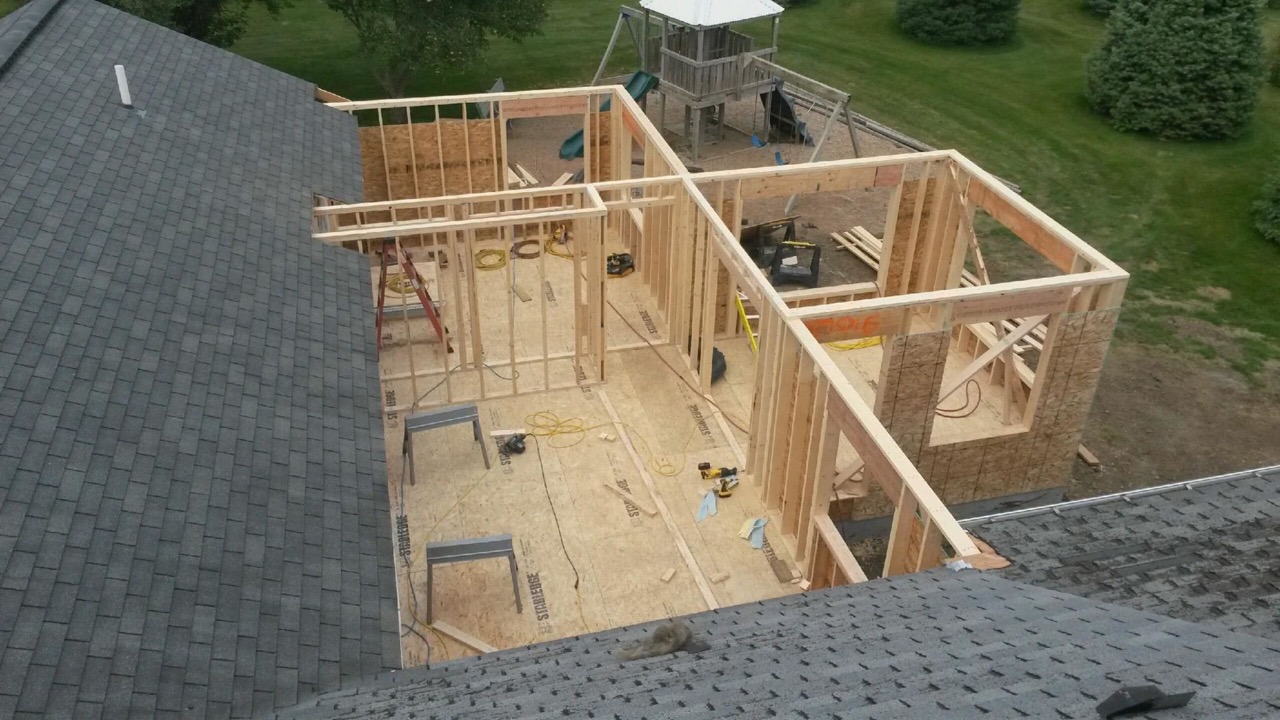
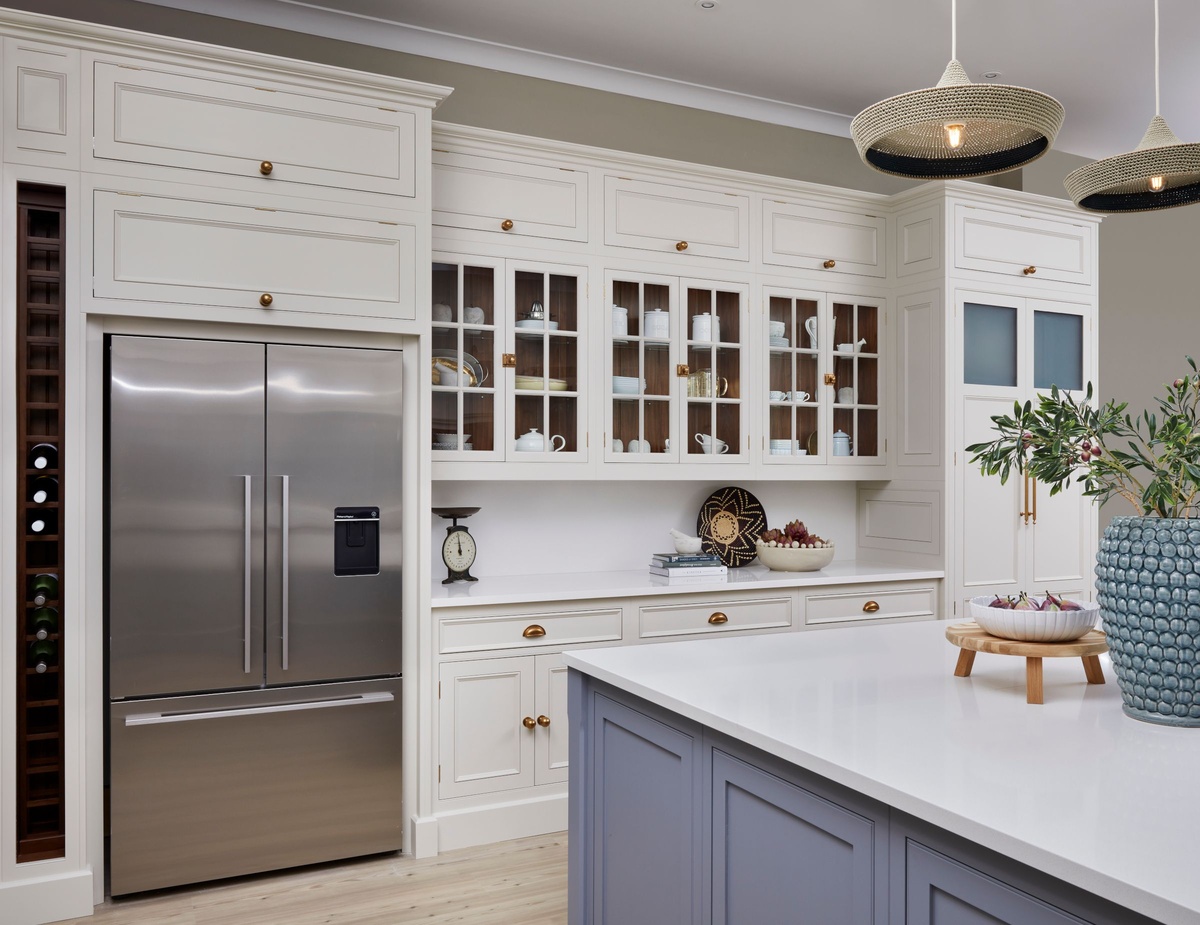
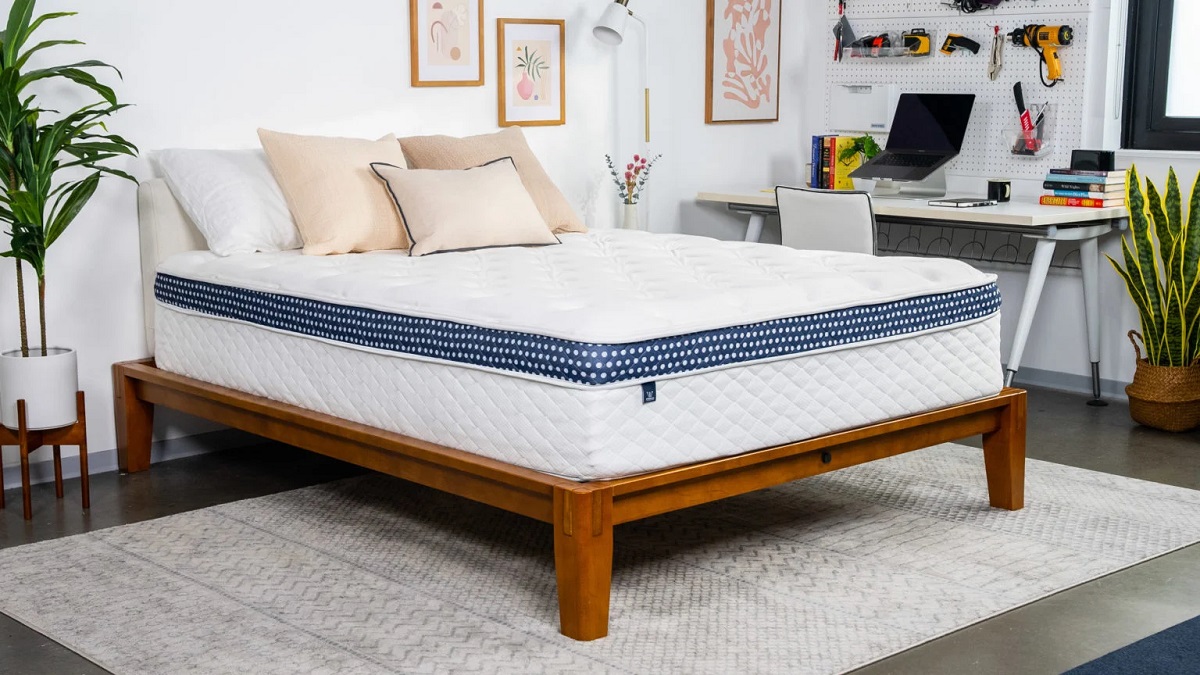
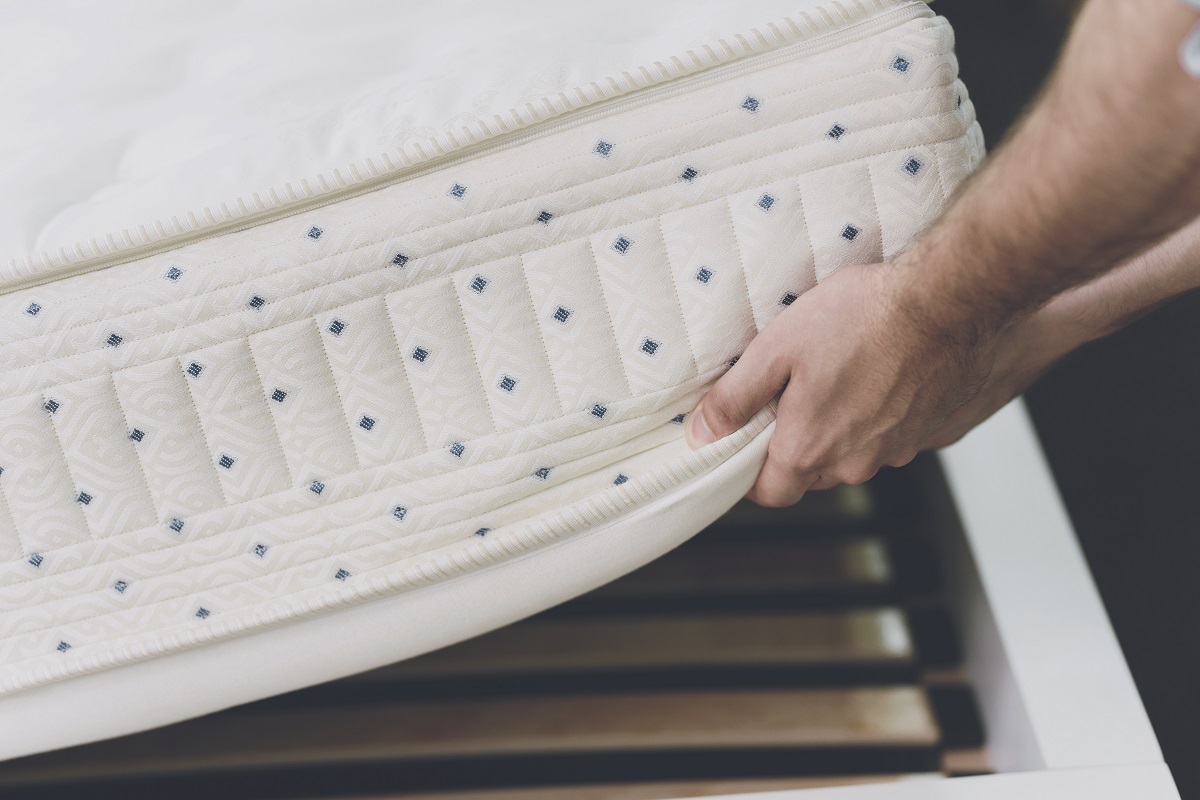
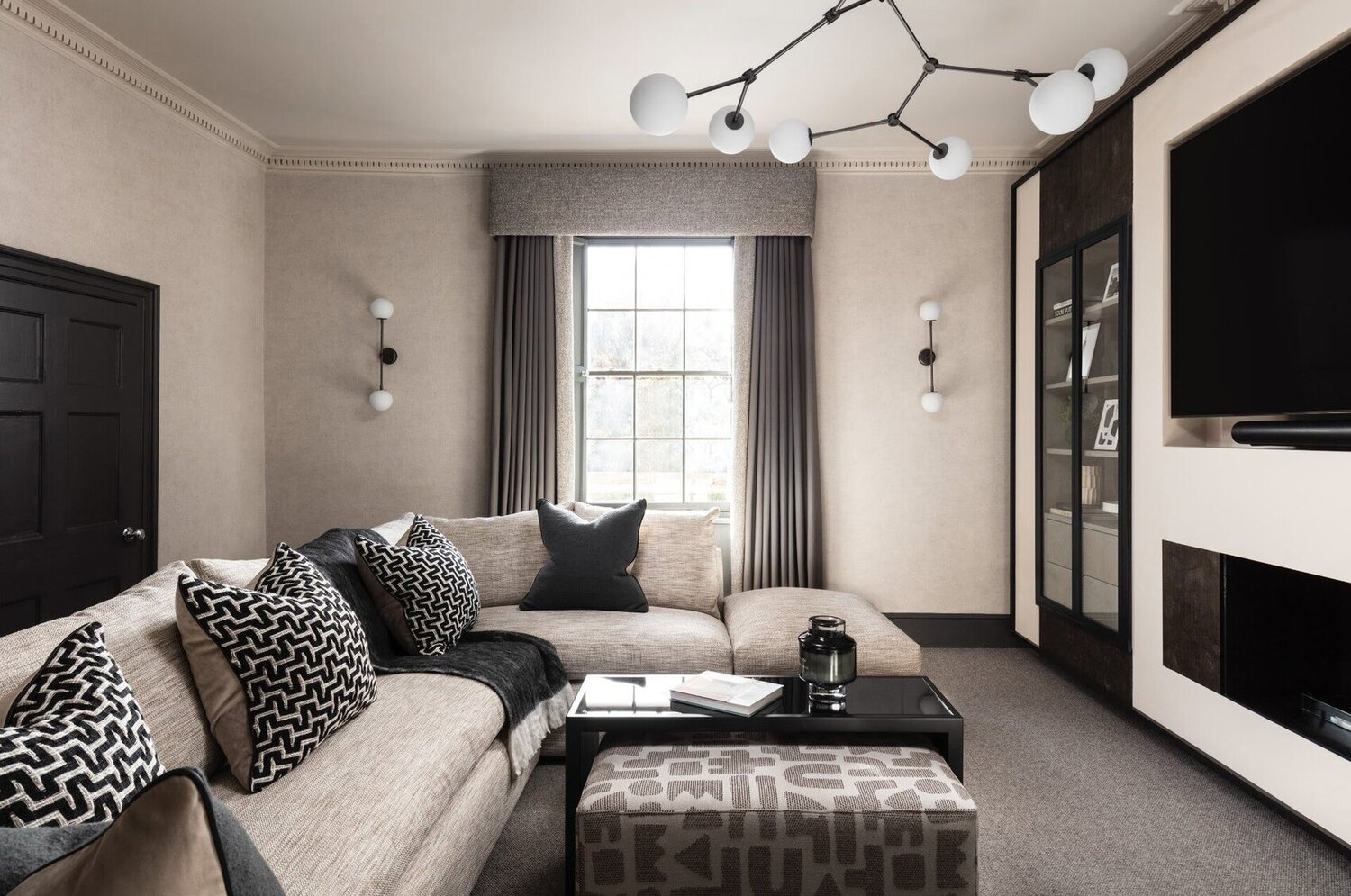
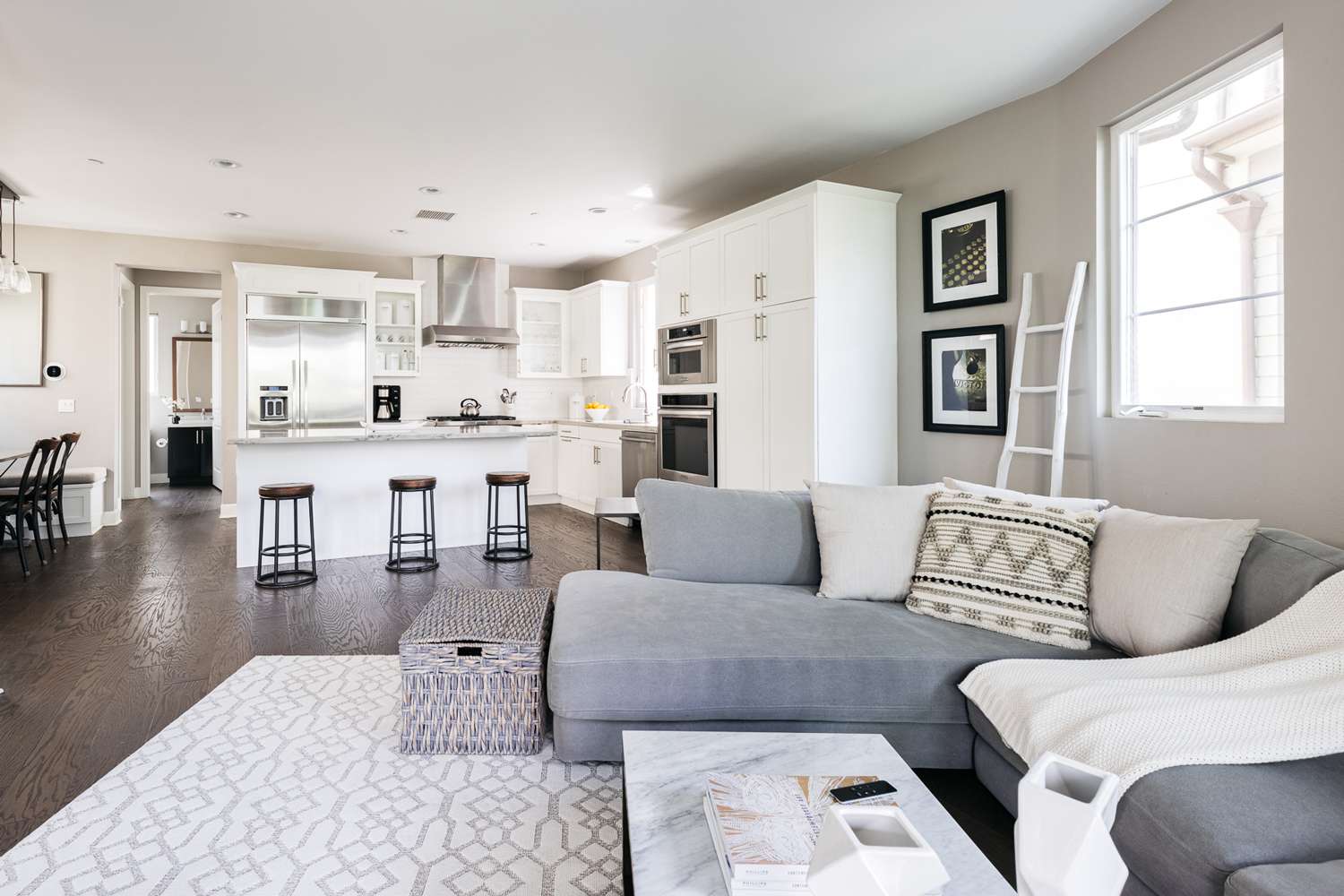
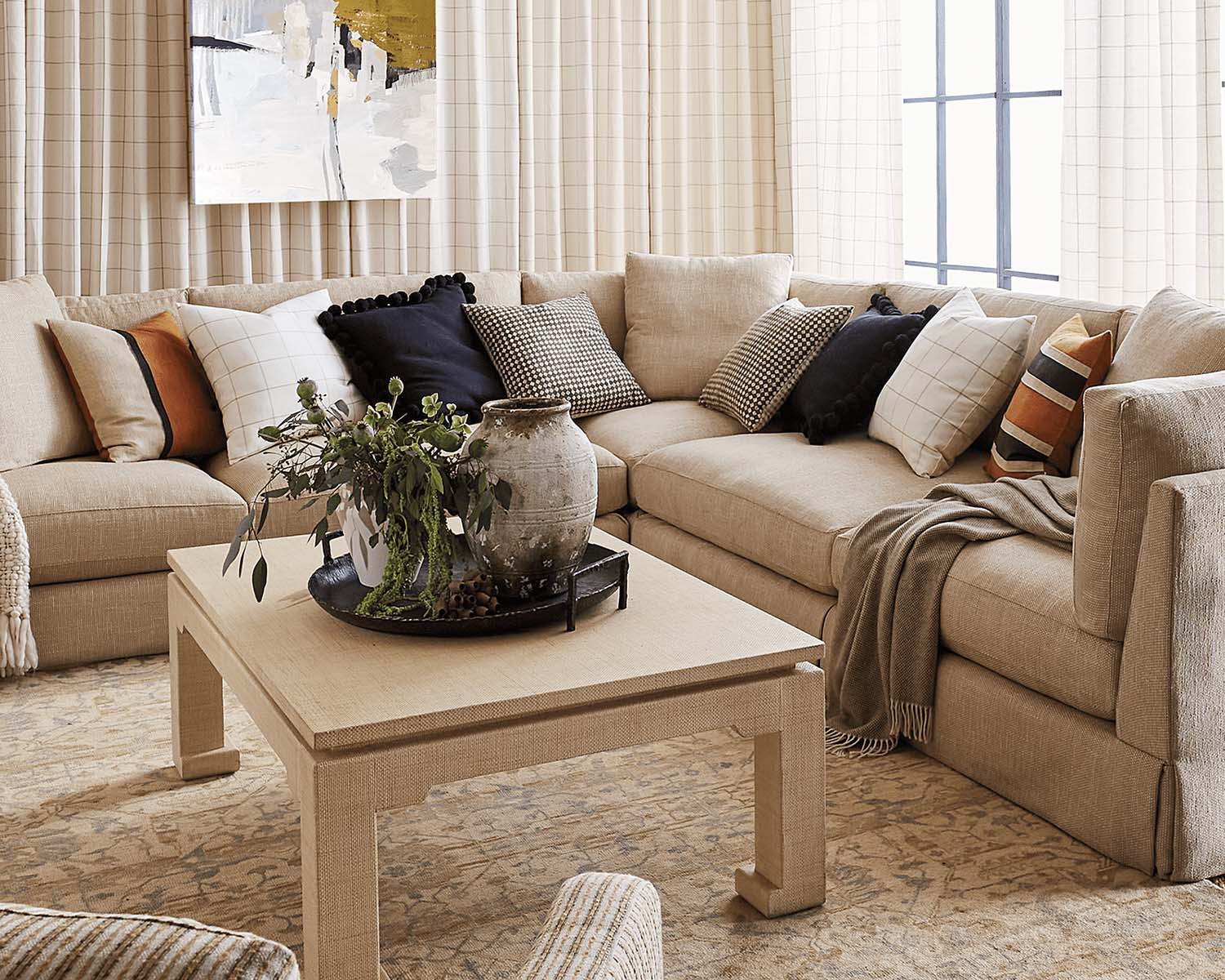
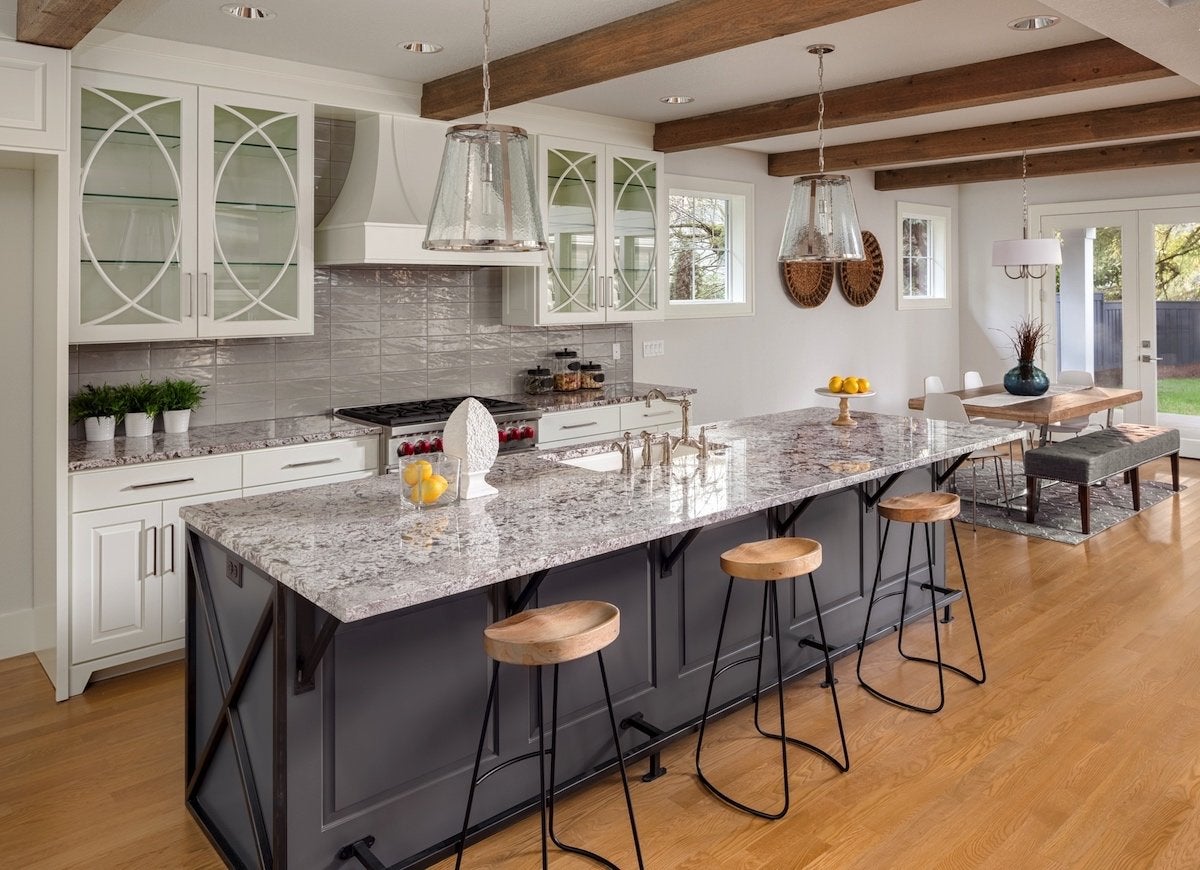
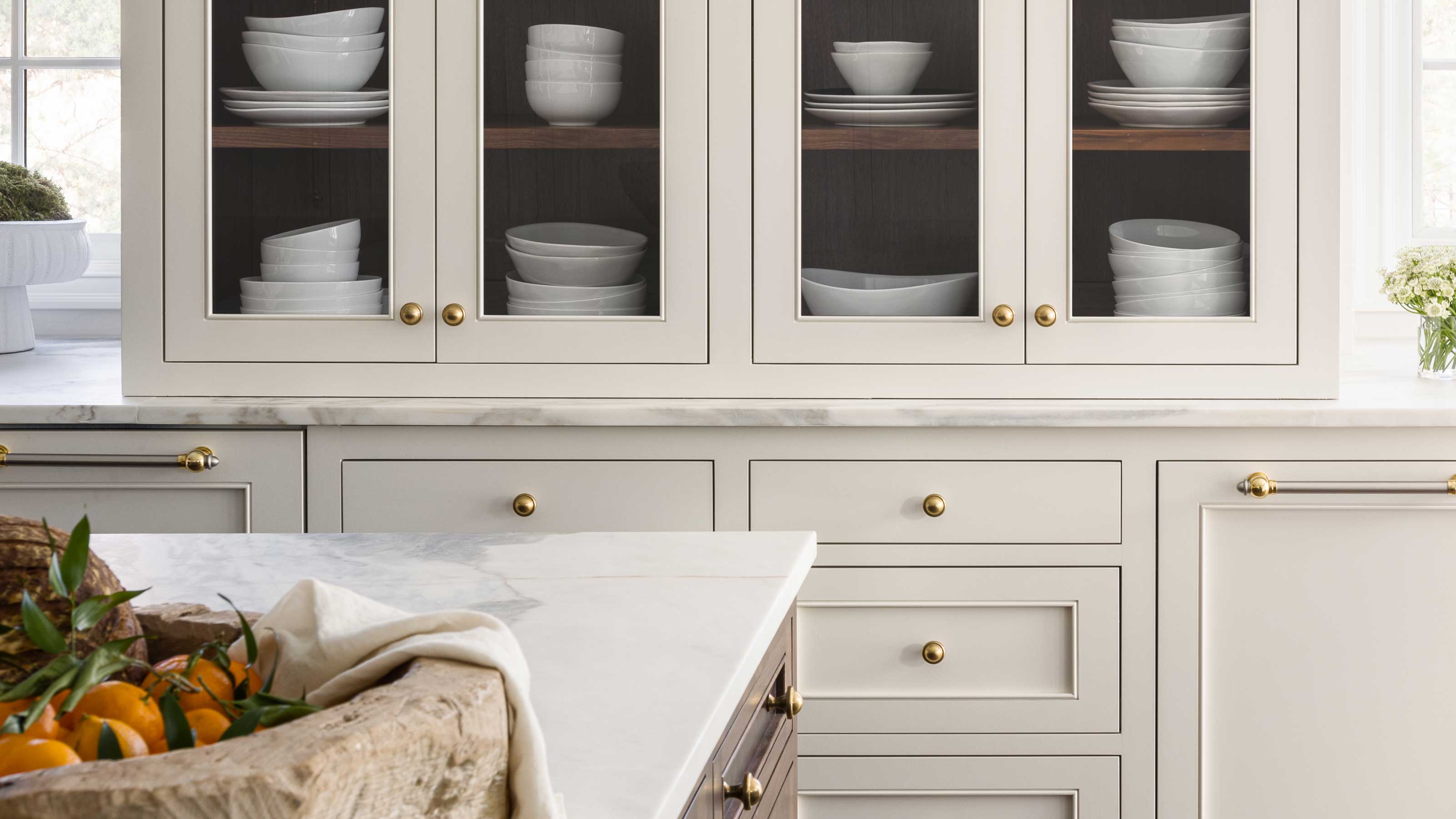
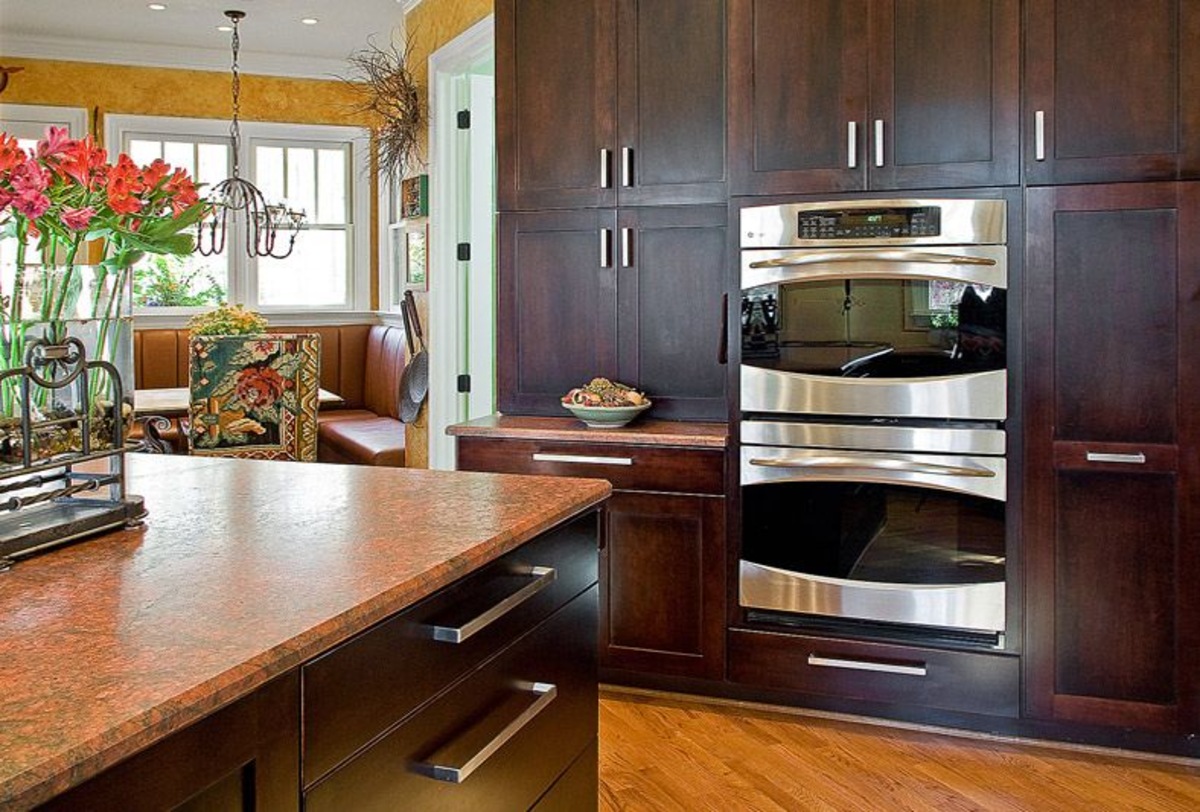
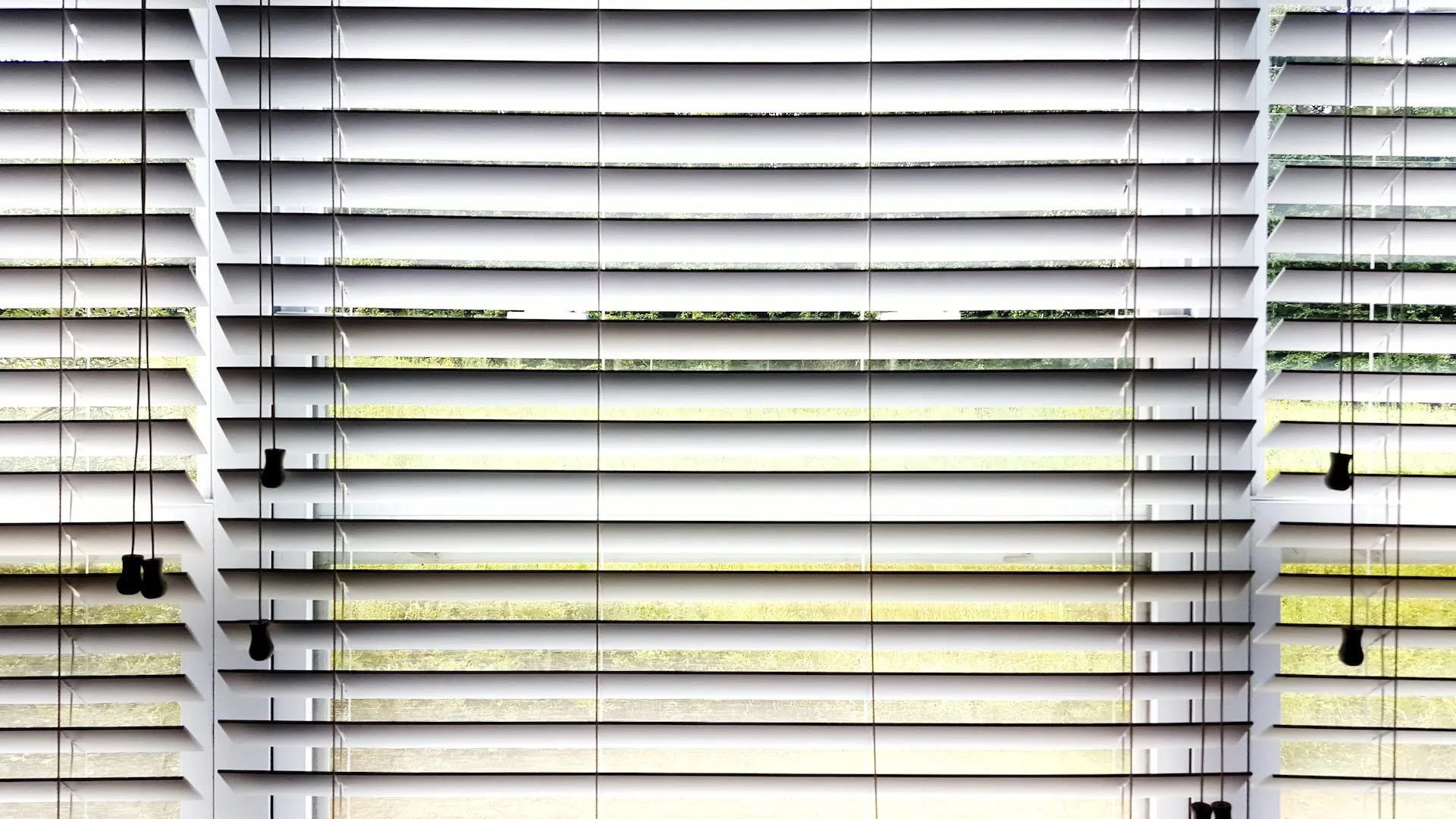
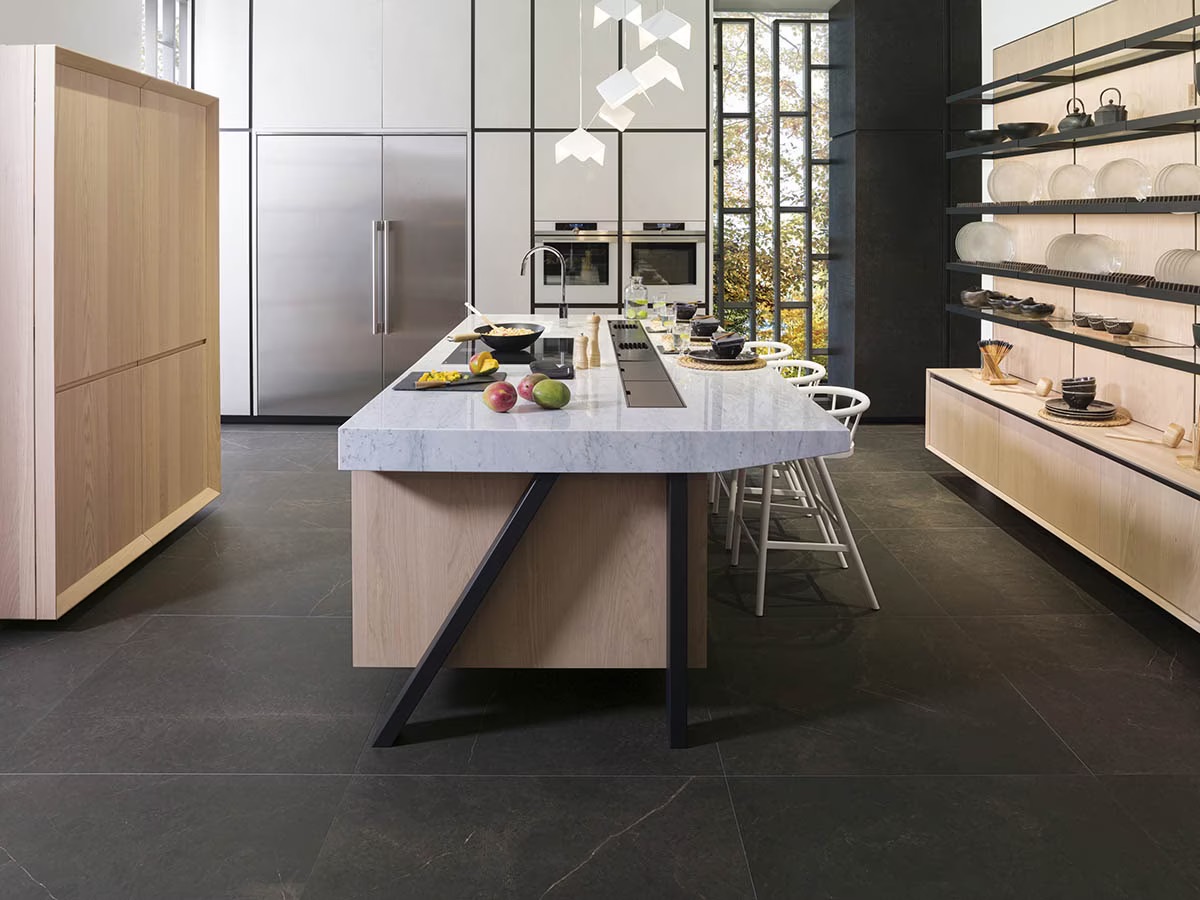
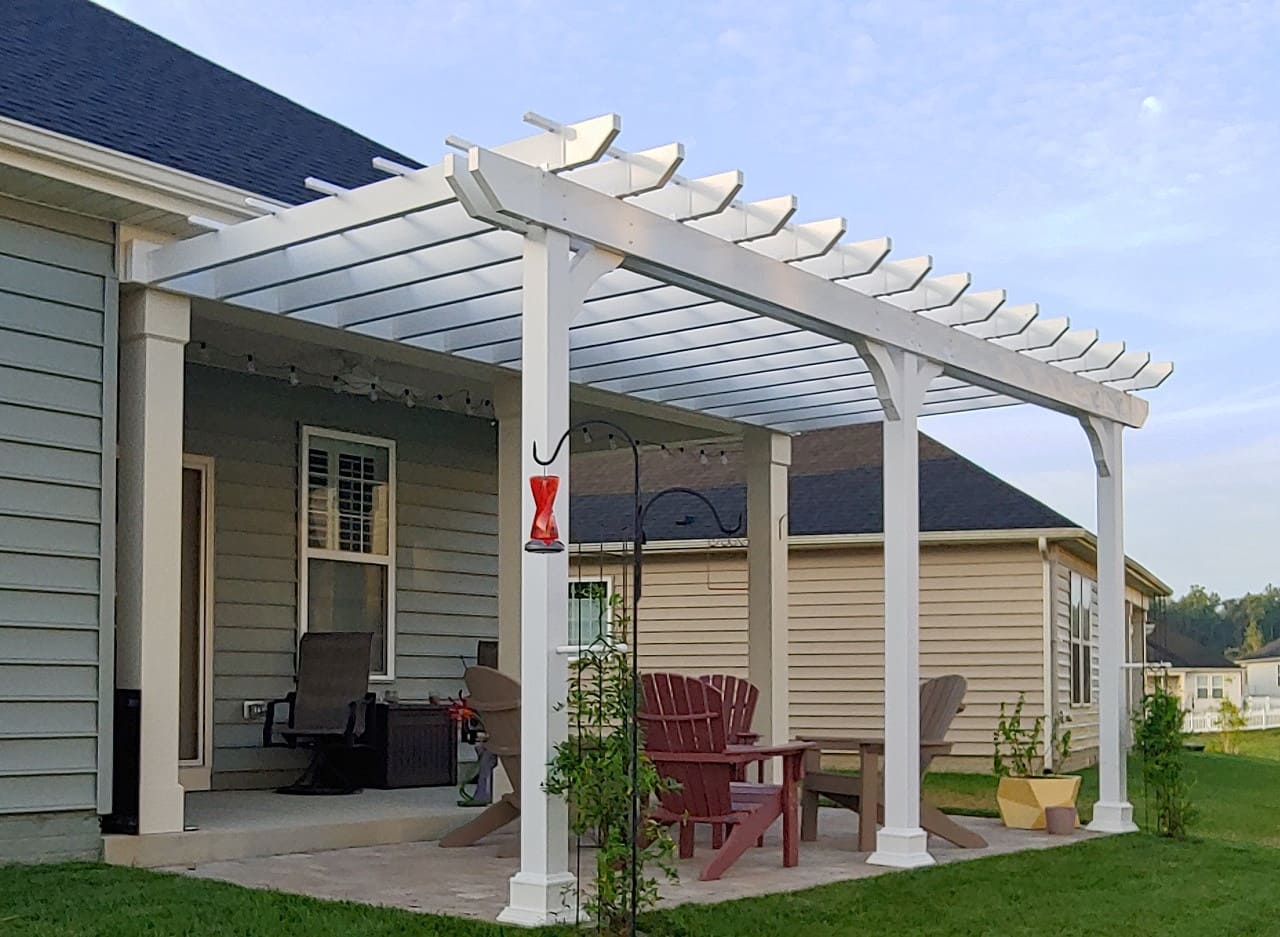

0 thoughts on “Should A Sofa Face The Door? Expert Advice From Designers”